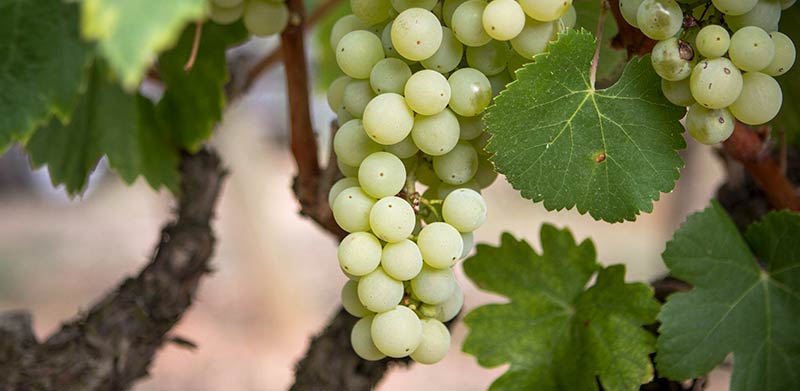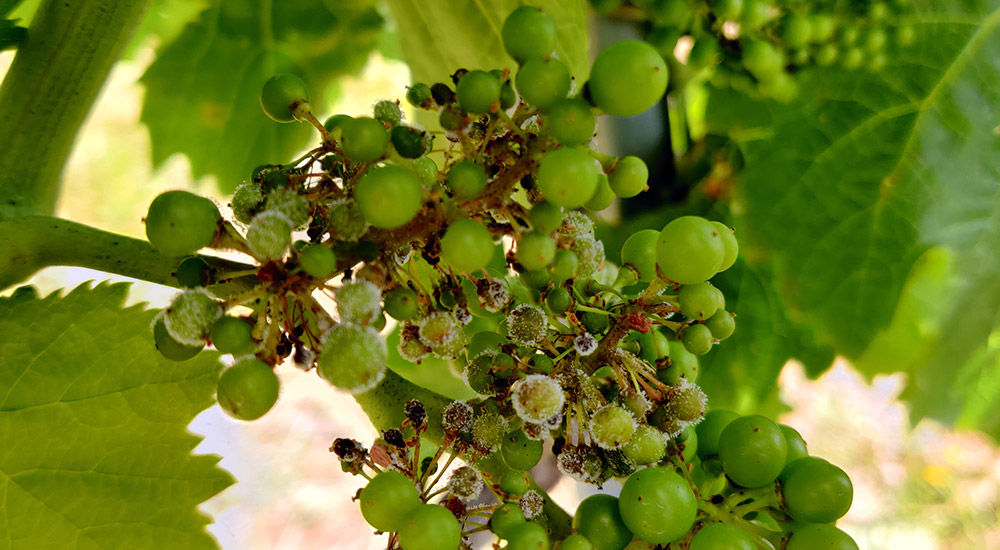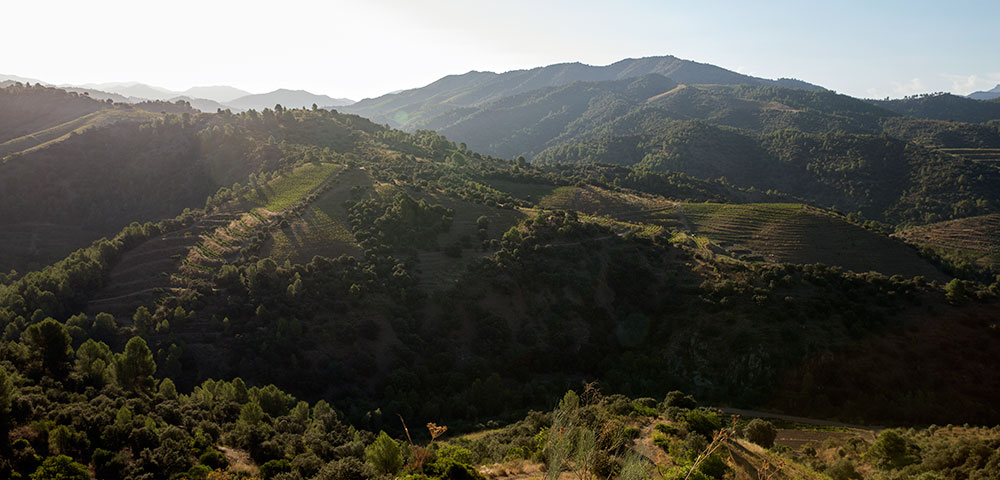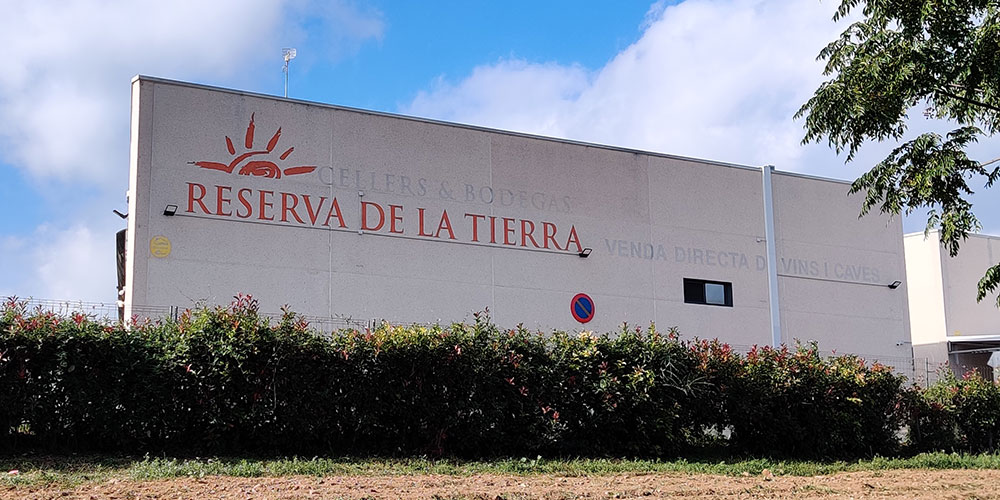“la DO Cava es mucho más que Corpinnat”
“DO Cava is much more than Corpinnat”
This was part of a declaration made by DO Cava president Javier Pagés at the beginning of February, 2019 when news broke that nine of DO Cava’s highest-quality wineries were completely leaving the DO to work under the new auspices of their Corpinnat association.
Most in wine media defined this break of Corpinnat to be akin to the Catholic church’s Great Schism but in the land of sparkling wine. It was nothing so grandiose however and simply one symptom of much larger problems that had been steeping for years.
Recall that Raventós i Blanc left in 2012 and was followed shortly after by the creation of a competing sparkling sub-classification in 2013 called, “Clàssic Penedès”. While earlier symptoms, they attested to the same malady.
The real issue resides in the fact that there are the Big Three of DO Cava. These are three wineries that are 1.5% of the total number of wineries but control more than 90% of production. Even if it was “just” 50.1%, it’s still a commanding control of the DO by these three companies and the presidency of DO Cava is almost always held by a member in the Big Three.
The peak of the problems truly began in 2018 when two of the biggest in these Big Three were bought out by large, transnational beverage companies: one a huge drinks conglomerate and the other, a private equity firm. While the third of the Three wasn’t bought out, it has long-been a “volume-driven” affair.
One of the results of these changes to business structures was indeed the exodus of wineries to Corpinnat (which is something that will continue). Another was the price gouging (claimed to be due to excess wine from 2018) with many viticulturists being paid a scant 0.35€/kg for their grapes, a price that is untenable for any farmer especially so after the costs of supplies jumped globally after Covid-19.
These are the core issues in Cava, but it’s important to note there’s still some sense of delusion on top of them if one reads the entire proclamation by the DO president Pagés in 2019:
“la DO Cava es mucho más que Corpinnat, tenemos un futuro brillante y lo mejor está por venir e igual que unas bodegas se han ido, también hay otras que quieren entrar”
“DO Cava is much more than Corpinnat, we have a bright future and the best is yet to come and just as some wineries have left, there are also others that want to enter [the DO]”
But the truth is that since 2018, they’ve seen an 8.5% loss in wineries. Looking back to 2009, it’s been a 33% loss meaning DO Cava has lost 1/3 of its member wineries. Neither Clàssic Penedès nor Corpinnat are to blame for this as the losses precede them and there have been anywhere from 0.8-4.5% drops in the number of Cava wineries annually for the last 15 years. Those that weren’t lost due to the wineries leaving the DO were lost through further consolidation of the cellars and larger growth of the Big Three.
Corpinnat’s leaving was definitely a wake-up call to Cava, but it seems that it’s one which saw them simply get up on the wrong side of the bed. Instead of working to pull back in these top sparkling producers in the region (as shown in my Tasting Reports), they seemed to do everything in their power to push them away and in doing so, further damage the image of Cava.
The work to create zones had been long-desired by many within DO Cava given that it’s an exceedingly-weird DO stretching across all of Spain, despite 95% of the production being from Catalunya. But when forming the zones, the Comtats de Barcelona (Catalunya) was given four subzones out of eight in total. This may have worked were it not that one, Valls d’Anoia-Foix, ended up being the largest and where approximately 90% of all Cava is produced, thus making the subzones practically useless except to those producers outside of Catalunya who have long-promoted the main selling point of their Cava being that it is “not Catalan” which is a whole separate topic for discussion.
It was a good move to simplify the aging and classification schemes into simply, Cava de Guarda and Cava de Guarda Superior which are much easier to remember. But these hide the fact that the vast total of Cava (87%) is in the lower, Cava de Guarda category that sees a mere nine months of aging and falls exceptionally short of the most basic Champagne at 15 months.
Out of all the recent changes it was the introduction of “Elaborador Integral” or essentially, “estate-produced” wines that was the most mystifying. Not because it’s a classification for wineries who only use their own grapes and don’t buy in any wine, as these are admirable pursuits. But it’s more in that, since April 2022 when this was officially announced, there has been next-to-no promotion from the DO other than a simple filtering option on the website.
And then there is the issue with yields for the 2023 harvest. They bumped them from 66% up to 70%, which was announced at the beginning of October. This is after all production had already happened meaning that, unless this was quietly done in say, July, they went ahead and pressed more due to lower harvest quantities this year and then made it legal after. Which is a very sketchy thing to do to say the least.
There are other issues as well and while there are ongoing discussions via a roundtable to set minimum grape pricing, this is not being pushed by DO Cava itself, but instead INCAVI, the Catalan Wine Authority. Meanwhile, viticulturists are struggling to make ends meet given that they’re being paid 2/3 the estimated cost of production.
It’s on record that more wineries are going to leave the DO. Several would have already left and joined Corpinnat were it not for their variety restrictions that correct the importation of poorly-adapted “international” varieties to the region.
DO Cava doesn’t seem to have the wherewithal to hold on to those that still bring even the smallest bit of prestige to the brand. There is a serious need by the DO to implement real change and deal with their underlying, core issues, not just slap another coat of paint on to a house that doesn’t have a solid foundation. There are still some excellent sparkling wine producers within DO Cava but with each passing year, their need to be within Cava diminishes exponentially.
There is a core disfunction to DO Cava that will seemingly never be righted due to a focus by the biggest producers on extracting as much as possible in terms of revenue no matter what the costs, all in the name of keeping share prices high. It’s a singular orientation that looks towards the future with the same scope afforded one peering through a keyhole.
Thus, despite the continued, massive production of a quarter billion bottles a year, it’s clear to see that DO Cava has become incredibly small.




